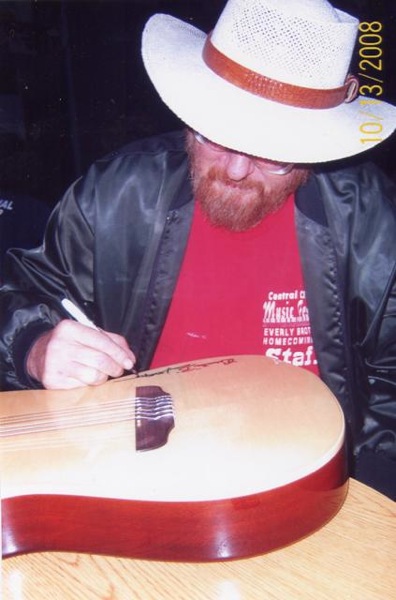Tutorial on a Riff in Jerry Reed’s The Claw
Here is a video I put together tonight to show a couple of ways of getting one of the riffs in Jerry Reed’s The Claw:
It’s probably best to view this on the YouTube site, which has a wider version of the video: http://www.youtube.com/watch?v=OI_-zvFngxk
As I note in the video, I learned how to play The Claw using only two fingers (index and middle) for this riff (although of course I used all three fingers for the main part of the tune). But, a few years after I learned it, I read that Chet admired Segovia’s techniques, so I bought a book by Segovia and saw in it that he said, emphatically, to always alternate fingers when picking a single string. That is Never Strike a String Twice With The Same Finger. So, with this Rule in my head, I changed how I played this riff in The Claw, so that I used the middle and ring fingers for most of the lick and used the index finger for a “kicker.”
From that point on, I became obsessed with right-hand fingering techniques (well, maybe not obsessed, but I sure put a high priority on not breaking The Segovia Rule). Then, about a year ago (close to 35 years after The Rule changed my picking), I noticed that Christopher Parkening said that it is fine to strike a string more than once with a finger, and that it is sometimes recommended (for example, for tone reasons). Then, I got to looking more closely at videos of Chet and Jerry and Tommy and Richard Smith and others, and noticed that they weren’t “annal” about Segovia’s Rule like I was. So, I decided to “play more sensibly,” and of course that’s a life-long learning goal for me anyway.
So that you can see for yourself how Chet and Jerry and Tommy got The Claw, here are a couple of YouTube videos for you to study:
Chet and Jerry playing The Claw
I hope you enjoy.
